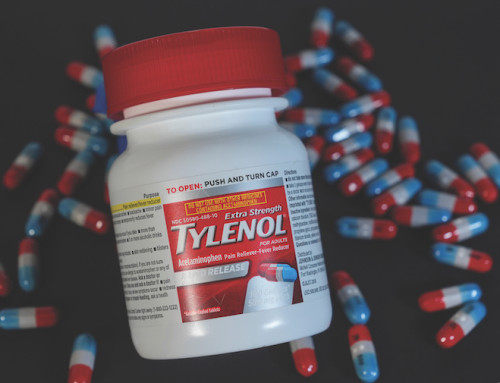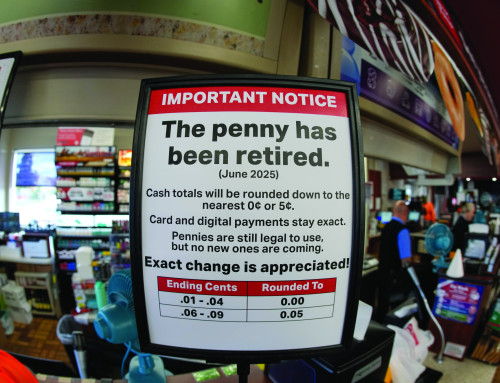McDonald’s sales got a lift from Snack Wraps and other value-oriented products in the third quarter, but
McDonald’s Chairman and CEO Chris Kempczinski warned that consumers in the United States and other top international markets remain under economic pressure, a problem he thinks will persist well into 2026.
Restaurant sales in the United States received a boost in July when Snack Wraps returned after a nine-year absence.
McDonald’s said Snack Wraps were the most popular new chicken product in recent U.S. history, with 20 percent of customers buying one in the first month they were on sale.
The $2.99 Snack Wraps also appealed to value-conscious consumers, Kempczinski said.
McDonald’s global same-store sales, or sales at locations open at least a year, rose 3.6 percent for the July-September period. That was slightly ahead of Wall Street’s forecast of 3.5 percent, according to analysts polled by FactSet.
Same-store sales rose 2.4 percent in the United States in the third quarter.
Kempczinski said visits to its restaurants by lower-income consumers fell again in the July-September period, a trend that has persisted for nearly two years. While higher-
income customers are continuing to dine out, they’re also looking for deals.
“I think sometimes there’s this idea that value only matters to low-income (customers). But value matters to everybody,” Kempczinski said on a conference call with investors. “Feeling like you’re getting good value for your dollar is important.”
As a result, McDonald’s is leaning heavily into discounts.
It launched Extra Value Meals in the United States in early September, piling those on top of other deals, including its McValue menu, which was introduced in January. In Australia, McDonald’s said it locked in pricing on its value items for 12 months starting in July, which lifted store traffic.
The deals are costly for McDonald’s. Chief Financial Officer Ian Borden said the company agreed to pay its American franchisees half the cost of the price reduction in Extra Value Meals, which cost $15 million in September and will amount to $75 million in the fourth quarter. McDonald’s also kicked in $40 million to support marketing of the Extra Value Meals.
That’s cutting into its profit. McDonald’s net income rose 1 percent to $2.28 billion in the third quarter.
Adjusted for one-time items, including $39 million in restructuring charges, McDonald’s earned $3.22 per share.
That was lower than the $3.33 analysts forecast.
Third quarter revenue rose 3 percent to $7.08 billion, the Chicago company said. That was in line with Wall Street’s expectations.
Kempczinski said he doesn’t see demand from households making less than $45,000 per year returning unless those consumers start to feel some relief in the cost of nondiscretionary items such as food prices, child care and rent.
“There’s some significant inflation there that the low-income consumers are having to absorb, and I think that’s affecting their outlook and their sentiment,” he said.
Value perception appeared to be critical for American restaurants in the third quarter. Higher-priced fast casual chains Cava and Chipotle both reported weaker-than-expected results.
Chipotle CEO Scott Boatwright said young adults, in particular, are facing multiple headwinds, including unemployment, increased student loan repayment, and slower real wage growth.
Boatwright said Chipotle plans a new ad campaign to spotlight its fresh ingredients and portions at a reasonable price.
“Despite our extraordinary value proposition, we are seeing examples where this is not reflected in consumer perception,” Boatwright said last week in a conference call with investors.
Value-oriented Taco Bell bucked that trend. Taco Bell parent Yum Brands earlier this week said that Taco Bell’s same-store sales rose 7 percent in the third quarter, driven by value items such as its $3 Grilled Steak Burrito.
“We’re not seeing consumer pullback in the Taco Bell business. We do think the consumer in the U.S. is cautious but incredibly resilient,” Yum Brands CEO Chris Turner said.
Turner said the brand saw more younger consumers and more families coming in to its stores in the third quarter.









